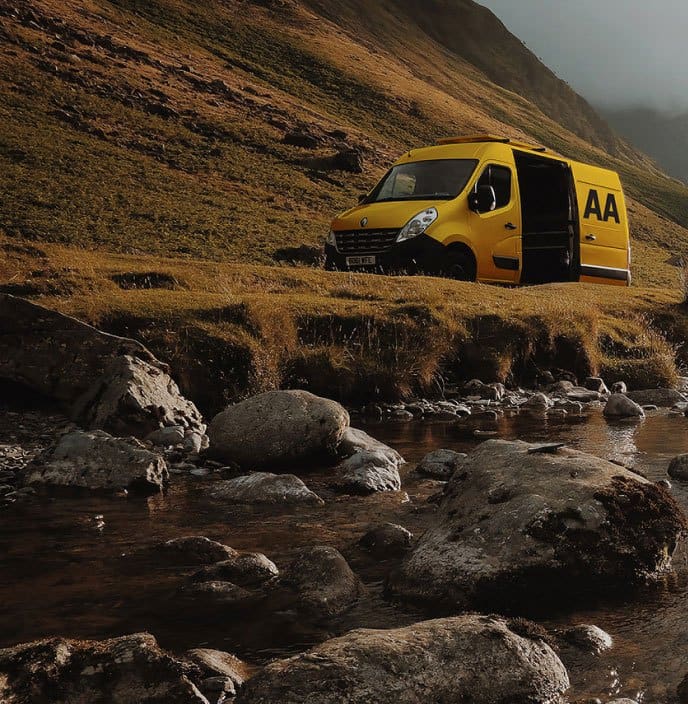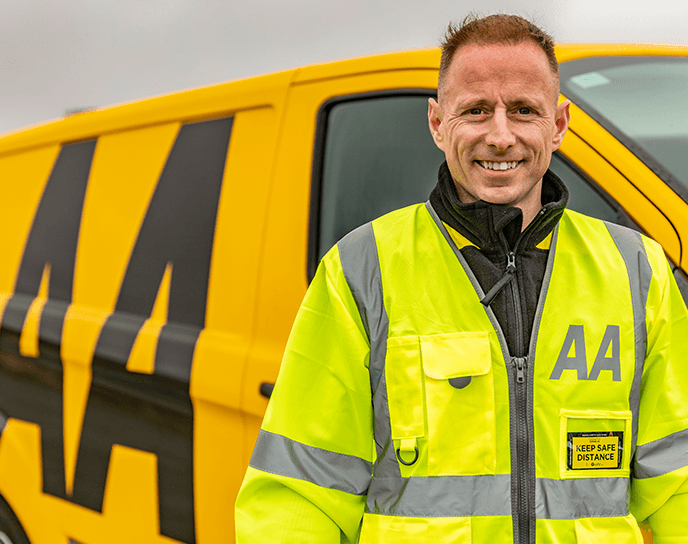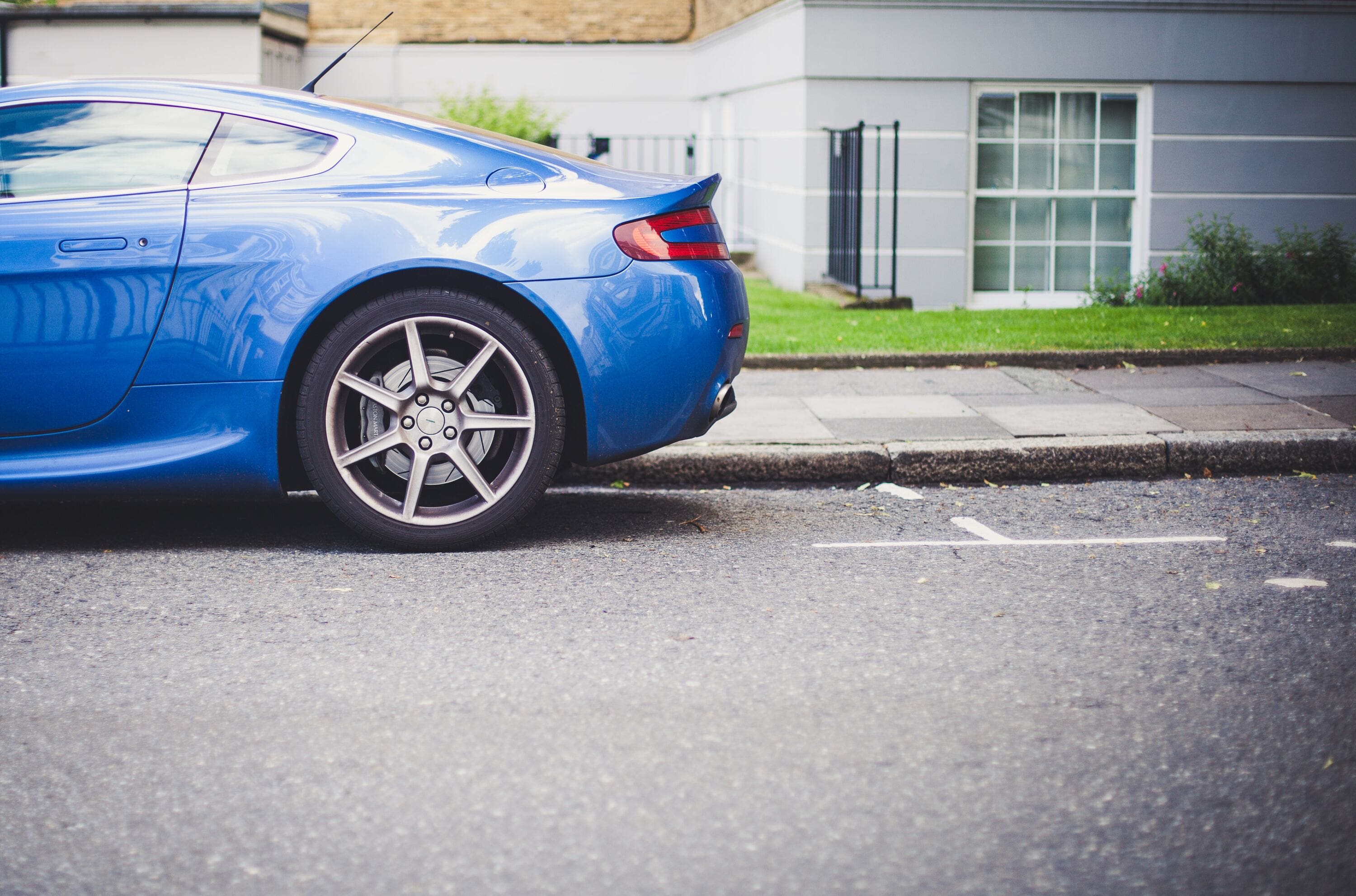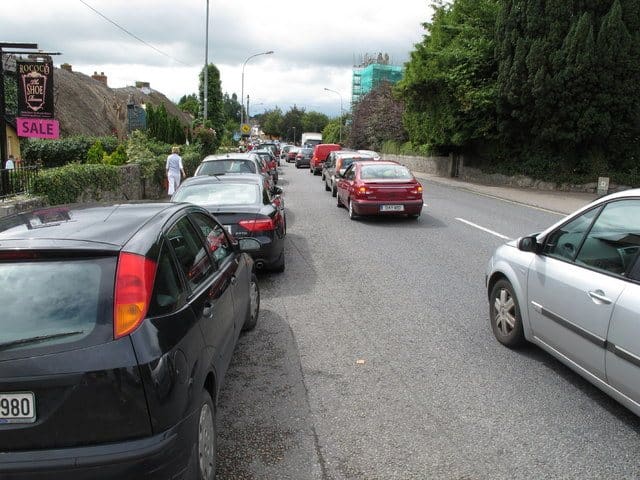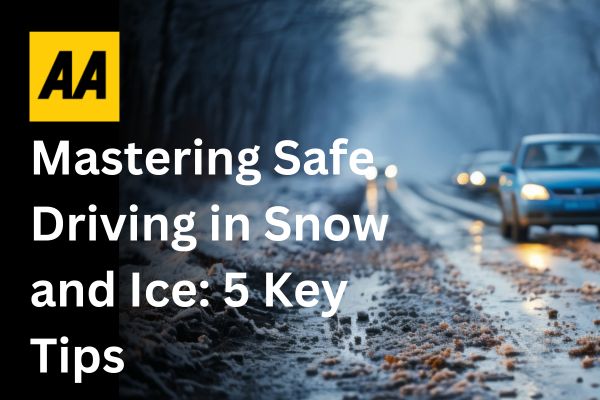Nothing strikes fear into the hearts of drivers like asking them to parallel park on a busy street, both new and ‘experienced’. A survey done by EasyTrip in 2014 found that 45% of drivers would forgo a parking space if it involved parallel parking.
So it’s no surprise that drivers find it very difficult; that’s why the AA has created another helpful driving article to give you tips and confidence when it comes to parallel parking; no more leaving that perfect parking spot on the high street. Let’s look at some of the main aspects around parallel parking people have problems with and how to improve confidence with any attempt.
What is parallel parking?
It’s essentially parking your car parallel to the road, usually in a line of vehicles. The difficulty comes from the two parked vehicles in front and behind the parking spot. Typically, you drive your car alongside the vehicle in front of the space before reversing into the spot. It’s notoriously hard to reverse at this angle while avoiding the two other parked cars.
When do I need to parallel park?
Most parallel parking takes in built-up residential areas and towns/cities. The reason being there is usually a limited number of parking spaces on busy streets, so they are more cramped together.
You will need to parallel park when you find a space between two cars on these busy streets. Knowing how to park in these spots will save you a lot of time and stress when finding parking in urban areas.
How do I parallel park?
Follow our easy steps to learn this lifelong skill.
1. Find a Suitable Spot:
Find a parking space that’s at least 1.5 times the length of your car. Have a check for any signposts that indicate how long you can legally park there (most will have some limit) and see if you are happy.
2. Indicate and check your mirrors:
Turn on your indicator in the direction you are parking. This tells other drivers you are planning on parking & not attempting to leave the space.
Check your mirrors for any drivers waiting behind you, and make sure they aren’t too close. Don’t worry if you are keeping them waiting. It’s a tricky manoeuvre, and all have to do it.
3. Position Your Car:
Pull up alongside the vehicle in front of the empty parking space. Align your rear bumper with their rear bumper.
4. Begin to Turn:
Turn your steering wheel left or right, depending on what side the parking space is on. Most spaces for parallel parking will be on your left (i.e. the same side of the road you are driving down)
Slowly reverse your car, keeping an eye on your mirrors and turning your head to check your blind spots. Whichever side of your car is pavement-side, that mirror should line up with the front car’s back bumper before straightening up.
5. Straighten Your Wheels:
When your car’s front end is about halfway into the parking space, turn your steering wheel in the opposite direction to straighten the wheels. This is the best time to use your clutch to your advantage so you can control the movement.
6. Park Up:
Continue reversing until your car is fully parked within the space, with enough room in front and behind. Have a check your vehicle is close to the curb and not blocking any oncoming traffic, though your wheels shouldn’t be touching the curb.
Parallel Parking FAQs
Will I need to parallel park on my driving test?
Surprisingly no. For such a hard manoeuvre that so many people find difficult, it is not a requirement in the National Driving Test. According to AutoTrade, a survey found that 93% of Irish drivers agreed that the practical part of the National Driving Test should include an assessment on parallel parking.
What if I hit the curb while parallel parking?
Gently pull forward, adjust your position, and try again. Hitting the curb is a common mistake, so don’t worry; practice makes perfect.
Is parallel parking the same for all types of vehicles?
No, the technique will be different depending on your vehicle’s size. Larger vehicles will require more space and increased steering angles.
The Best Coverage for Irish Drivers
Are you new to driving and want the best deal on car insurance? Check out our Young Drivers Car Insurance. AA Young Driver Car Insurance is perfect for those under 25s. It provides the balance between the best price and great cover.


